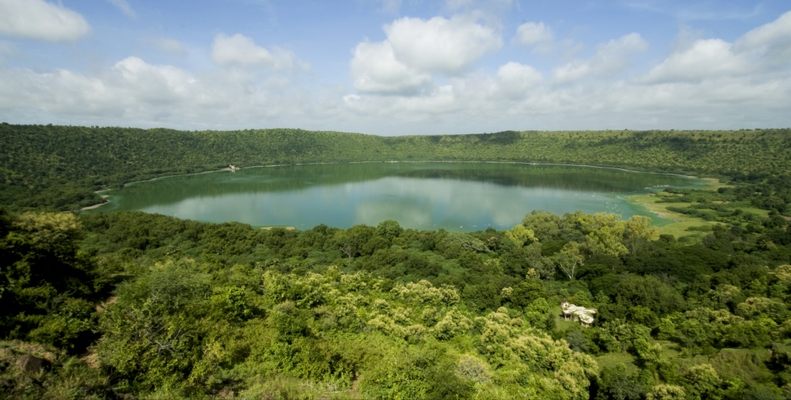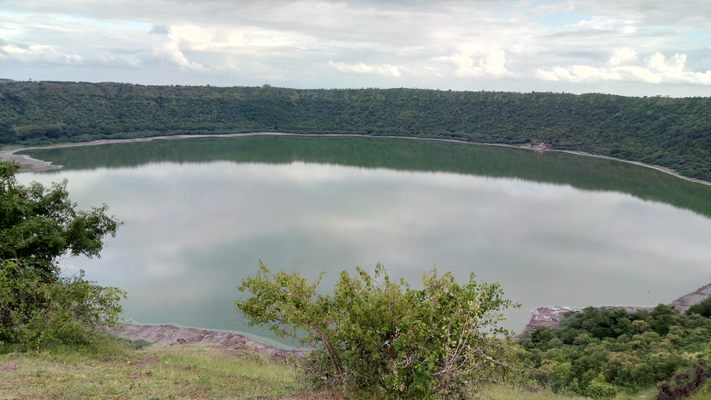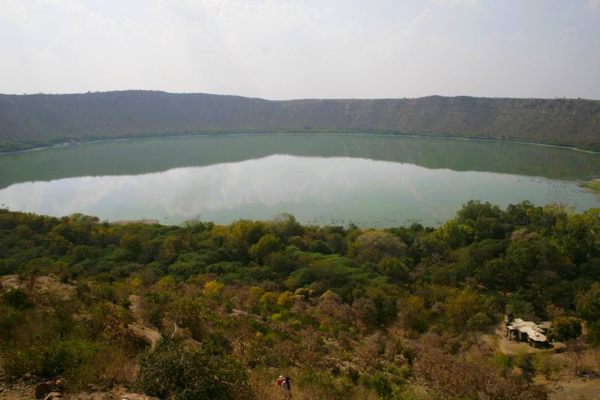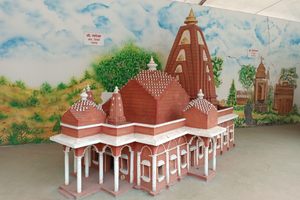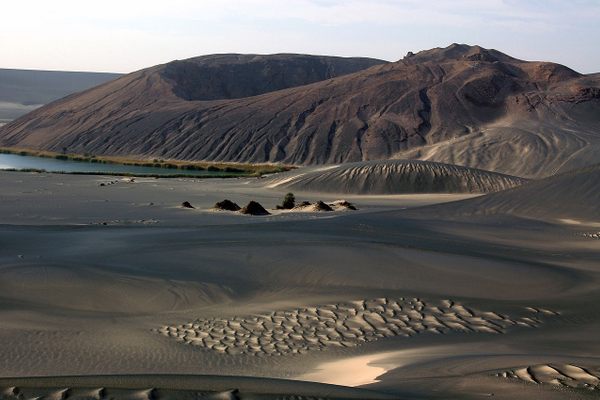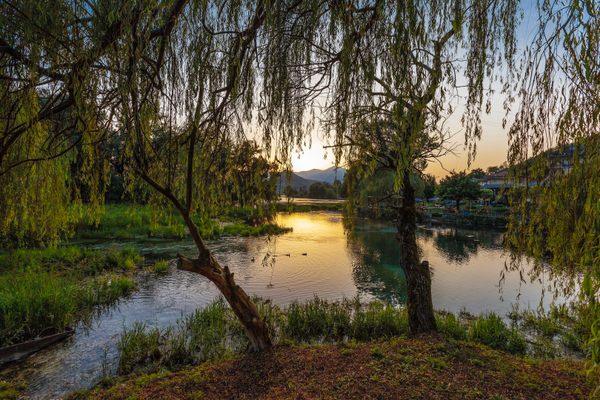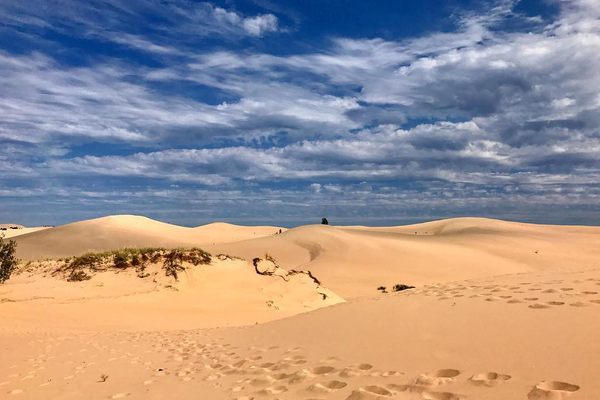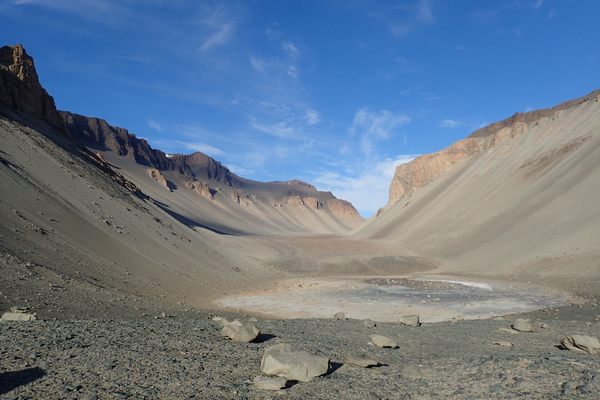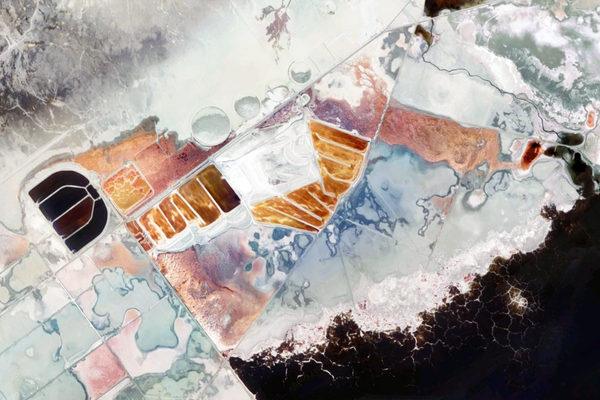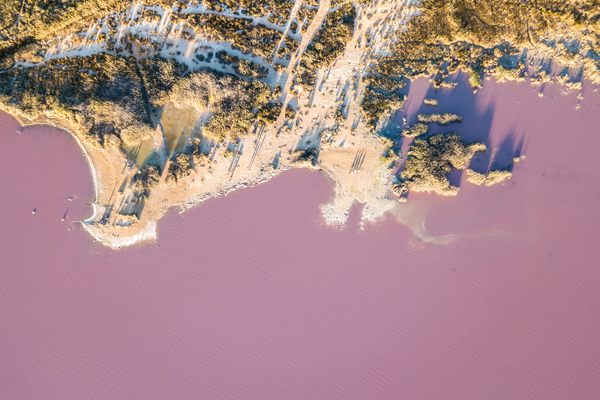About
Approximately 50,000 years ago, a meteorite traveling at about 11 miles per second slammed into India’s Deccan Plateau. The collision formed Lonar Lake, the one of the largest, most unique basalt impact craters in the world.
The oval-shaped crater, which has a circumference of about five miles at the top, is both saline and alkaline. Perennial streams and springs feed into the lake. It’s home to a horde of algae and plankton species that thrive in its unusual ecosystem and give the water its vibrant color.
Because of its basaltic surface, scientists now use Lonar Lake to study craters and impact structures on other, more difficult to reach places like the Moon and Mars.
When the lake was first brought to international attention in the 19th century, scientists originally thought it was of volcanic origins. However, in the mid 20th century, geologists began to suspect it stemmed from an extraterrestrial encounter. Their suspicions were confirmed after maskelynite, a glass formed by high-velocity impacts, was found at the site.
Lonar Lake is rimmed by lush forests and a smattering of old temples. Supposedly, compasses fail to work near some parts of the crater because of its unique geologic makeup.
Related Tags
Know Before You Go
It maybe useful to get a guide to take you on the many beautiful trails.
Delhi and Rajasthan: Colors of India
Discover Colorful Rajasthan: From Delhi to Jaipur and Beyond.
Book NowPublished
August 10, 2017
Sources
- https://en.wikipedia.org/wiki/Lonar_crater_lake
- https://earthobservatory.nasa.gov/IOTD/view.php?id=8654
- https://www.princeton.edu/geosciences/people/maloof/papers_pub/18Maloof.pdf
- http://www.natgeotraveller.in/lonar-lake-the-meteor-mystery-that-has-even-nasa-intrigued/
- http://www.moef.nic.in/sites/default/files/nlcp/Indian%20Case%20Studies/Q-45.pdf
- http://adsabs.harvard.edu/full/1995BASI...23..105T
- http://onlinelibrary.wiley.com/doi/10.1111/j.1945-5100.2003.tb00272.x/full
